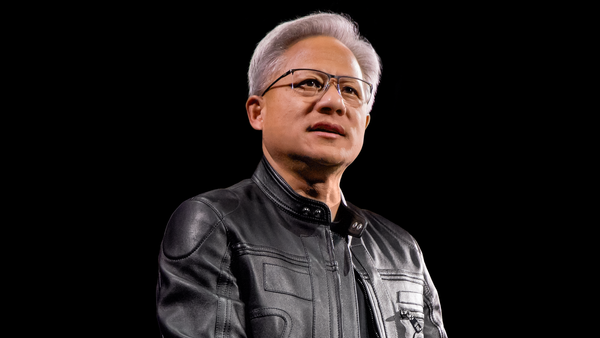When Manuele Aufiero was a boy, he often hiked with his parents along a reservoir in northern Italy. It wasn’t an ordinary lake. This one constantly drained and refilled, powered by pumps that lifted water uphill when electricity was cheap, then reversed to generate power when demand rose, an early glimpse into the principles that would later inspire his vision for ocean energy storage.
That early fascination shaped Aufiero’s lifelong passion for energy storage. The system he admired was an example of pumped-storage hydropower, a proven technology that’s been around for more than a century. These facilities act like massive batteries, storing energy by moving water between two reservoirs at different heights.
Today, pumped hydro remains the backbone of global energy storage, holding around 8,500 gigawatt-hours of electricity, according to the International Energy Agency. It’s critical for stabilizing renewable power, generating electricity for hours even when the sun isn’t shining or the wind isn’t blowing. But there’s a limitation, it only works where mountains and valleys cooperate.
Aufiero wanted to change that.
“Pumped hydro is amazing,” Aufiero said. “It’s just not enough to keep up with renewables.”
To solve that problem, he co-founded Sizable Energy, a startup determined to store electricity in the ocean. Instead of relying on land and concrete dams, Sizable uses the sea itself as the foundation for large-scale storage.
Imagine an hourglass beneath the water: two sealed, flexible reservoirs connected by a tube and turbines. One floats near the surface, and the other rests on the seabed. When power is cheap, the turbines pump super-salty water from the bottom reservoir up to the top. Later, when the grid needs energy, Sizable opens a valve.
Because the saltwater in the top chamber is denser than the surrounding seawater, it naturally sinks. As it rushes down the tube, it spins the turbines, which then act as generators to produce electricity.
From a physics standpoint, Aufiero explains, the system works like lifting a block of salt. “We’re lifting salt,” he said. “But instead of cranes, we dissolve it and pump it because it’s easier and simpler. Other than that, we’re just lifting a heavy amount of salt.”
This creative twist on an old idea could make energy storage scalable far beyond what land-based hydro plants allow.
By moving pumped hydro offshore, Sizable aims to mass-produce a technology that has traditionally been custom-built for each location.
“Every time you build pumped hydro on land, you have to design a concrete dam for that specific site,” Aufiero said. “Building offshore allows us to streamline the process. Everything we do is identical, regardless of where we deploy it.”
This repeatable model could drastically reduce costs and speed up deployment, two major challenges in the renewable energy transition.
Sizable has already tested small-scale models of its flexible reservoirs in controlled wave tanks and off the coast of Reggio Calabria, Italy. The team is now preparing a pilot version of its floating components ahead of a full demonstration plant.
If all goes to plan, several commercial projects will launch globally by 2026. At full scale, each turbine could generate 6–7 megawatts of electricity, and there will be one turbine for every 100 meters of pipe. Deeper sites offer greater storage potential, and each commercial installation could include multiple reservoirs connected to a single power link.













